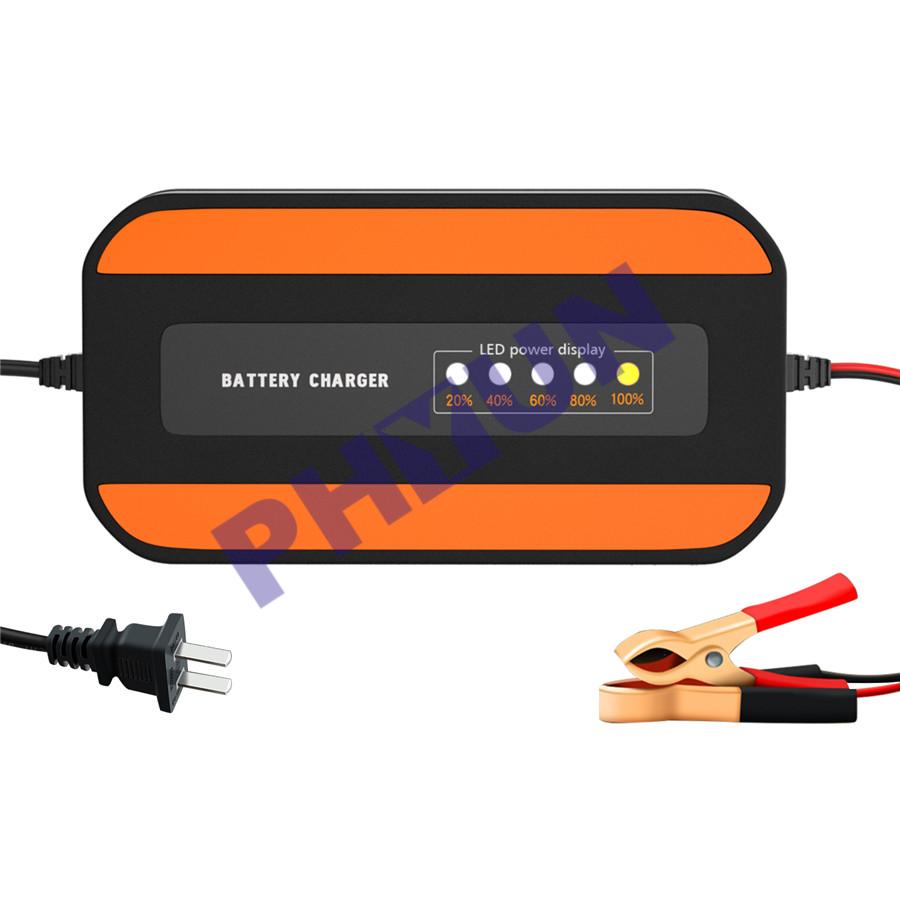

In addition to hardware efficiency, the energy transfer efficiency of a battery is also important to an ESS. Numerous assessments have been carried out to improve the charger efficiency through soft switching, , auxiliary circuits, hybrid topology, etc. However, the circuit design of such charging systems is found to be complicated and expensive.īattery chargers, as the charging executors in ESS, have also been studied extensively to achieve higher efficiency, compact structure and easy integration. These include fuzzy control, neural network, and gray prediction. Other charging techniques are proposed to obtain better battery charging performance. Pulse charging (PC) provides a rest period for the ions to diffuse and for the electrolyte ions to. However, the effect of periodic pulse profiles on the overall performance of systems is still vague when compared with CC with the same mean current lithium ions in fast charging applications degrade their performance. However, the polarization effect and diffusion limitation of distribute more uniformly. Among them, the CC and CV are the most extensively used.

Many charging methods have been discussed in the literature, such as constant-current (CC) charging, constant-voltage (CV) charging, and pulse charging (PC). They both affect the system performance, including the charging speed, cycle life, system efficiency, etc. Battery chargers and their corresponding charging methods are conceived as a bridge for the electricity and chemical energy transformation in ESS. Li-ion batteries are widely used in energy storage systems (ESS) owing to their high energy density, good cycle-life performance, and low self-discharge rate.


 0 kommentar(er)
0 kommentar(er)
